- COMMENT
- Technology
This was published 7 years ago
Blackberry is back, but have we learned to live without the smartphone keyboard?
By Adam Turner
The iPhone generation has grown up with onscreen keyboards, but do old-school smartphone users still pine for their old Blackberry's physical keyboard.
Ten years ago, before Apple and Android devices stole the show, RIM's Blackberry was the go-to phone for people who needed to stay productive on the road. They weren't only for business executives, Blackberrys even became fashionable amongst the young starlets of the day who wanted to fire off messages without using the painfully cumbersome T9 predictive text which lets you type on a ten-digit keypad.
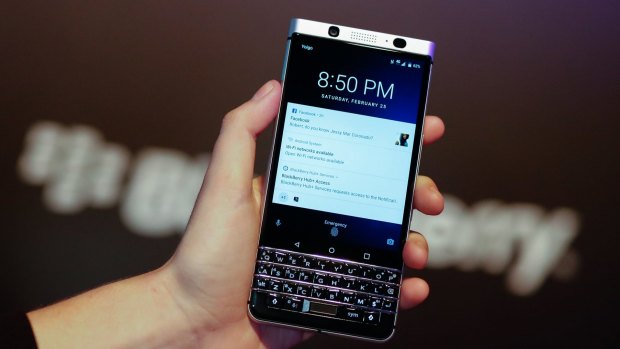
The Blackberry KEYone, on show at Mobile World Congress this week in Barcelona, offers a physical keyboard and tight security.Credit: Pau Barrena
Blackberry's domination as a portable productivity tool was occasionally challenged by other smartphones with a tiny physical QWERTY keyboard, such as the Palm Treo, HP iPaq Mobile Messenger, Nokia E61 or – my smartphone of choice at the time – a chunky iMate JasJam running Windows Mobile.
While the JasJam was a touchscreen device, you could turn the phone sideways and slide the screen up with your thumbs to reveal a physical keyboard – a godsend for wordsmiths on the go.
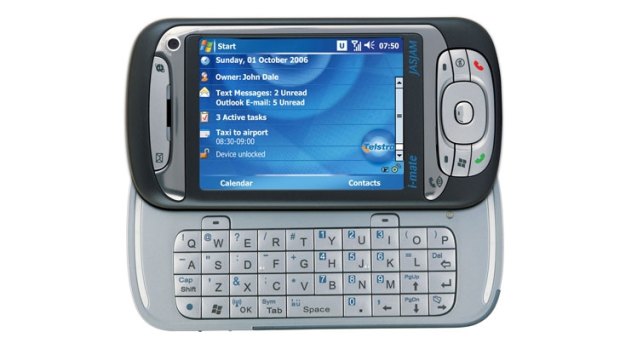
Australia's hottest smartphones of 2007: iMate JasJam (actually a rebadged HTC Hermes that was also sold as the Dopod 838 Pro)
The 3G-capable JasJam was one of Australia's hottest phones of 2007, I think the first to support Telstra's new 850 MHz 3G network. I wore my JasJam clipped to my belt like a pager, along with an onion, which was the style at the time. I got good at bashing out text messages and even short articles on the JasJam's tiny keyboard, especially when flying cattle class where limited elbow room made it impractical to use my IBM ThinkPad.
When the iPhone first arrived on the scene it turned heads but was shunned as a productivity tool, largely because it relied on a touchscreen virtual keyboard which was smaller than most smartphone keyboards.
Worse yet, the iPhone's onscreen keyboard lacked that tactile feedback of a physical keyboard which many typists value. Real buttons which you can feel let you type more quickly and accurately because there's less chance of accidentally hitting the wrong key and then needing to fight with auto-correct.
As usual, Steve Jobs took an Apple-knows-best approach and stuck to his guns, refusing to release an iPhone with a physical keyboard despite the pleas of Crackberry users and travelling wordsmiths who were tempted by Apple's slick iOS.
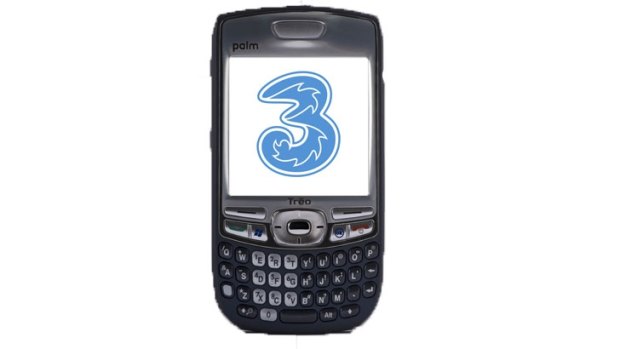
Australia's hottest smartphones of 2007: Palm Treo 750, merging a Personal Digital Assistant and mobile phone
I was determined to stick with my clunky JasJam until I spent time with an iPhone 2G, imported from the US before Apple's new wunderphone was available in Australia. The revolutionary interface and highly responsive touchscreen were such a breath of fresh air that I soon decided to abandon my faithful JasJam and import an iPhone 2G of my own, which I then needed to jailbreak before it would work in Australia.
Had there been the option of an iPhone with a built-in keyboard I would have gladly paid extra, but Apple refused to cave in and Android followed suit. Over time I've come to terms with the loss of the physical keyboard, as have most other smartphone users – otherwise third-party keyboard covers for iOS and Android smartphones would have taken off, as they have for tablets.
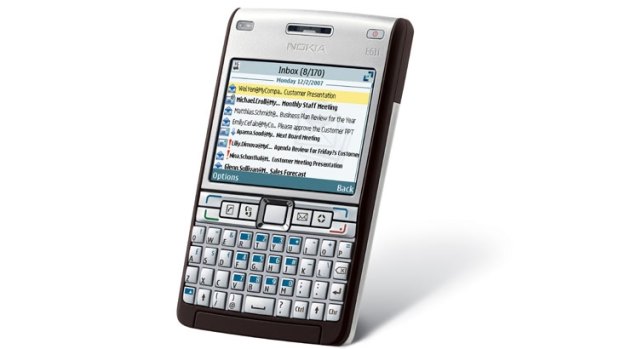
Australia's hottest smartphones of 2007: Nokia's E61i
Ten years later we've seen a Blackberry revival at Mobile World Congress in Barcelona, albeit from a different manufacturer and now running Android rather than BlackberryOS. Blackberry is no longer cool, except perhaps in the retro way that the Nokia 3310 revival is cool, but Blackberry is still a trusted name in business circles.
Considering that it runs Android, it's the physical keyboard which will help the new Blackberry stand out from the crowd. If you don't care about the keyboard then the Blackberry might look like just another also-ran in the cut throat Android market but, in Blackberry's defence, it's also aiming to offer business-grade security features.
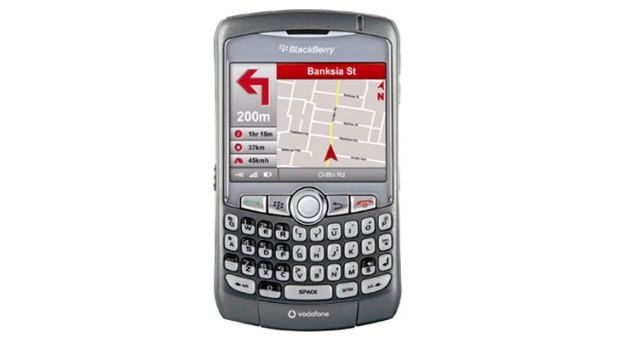
Australia's hottest smartphones of 2007: The Blackberry Curve 8310.
The big question is, are there enough closet keyboard junkies who are still pining for a Blackberry-style phone? If they're not happy with an onscreen keyboard they've probably embraced the new generation of portable devices such as tablets, Ultrabooks and 2-in-1 devices.
Is the new Blackberry the smartphone you've been waiting for?